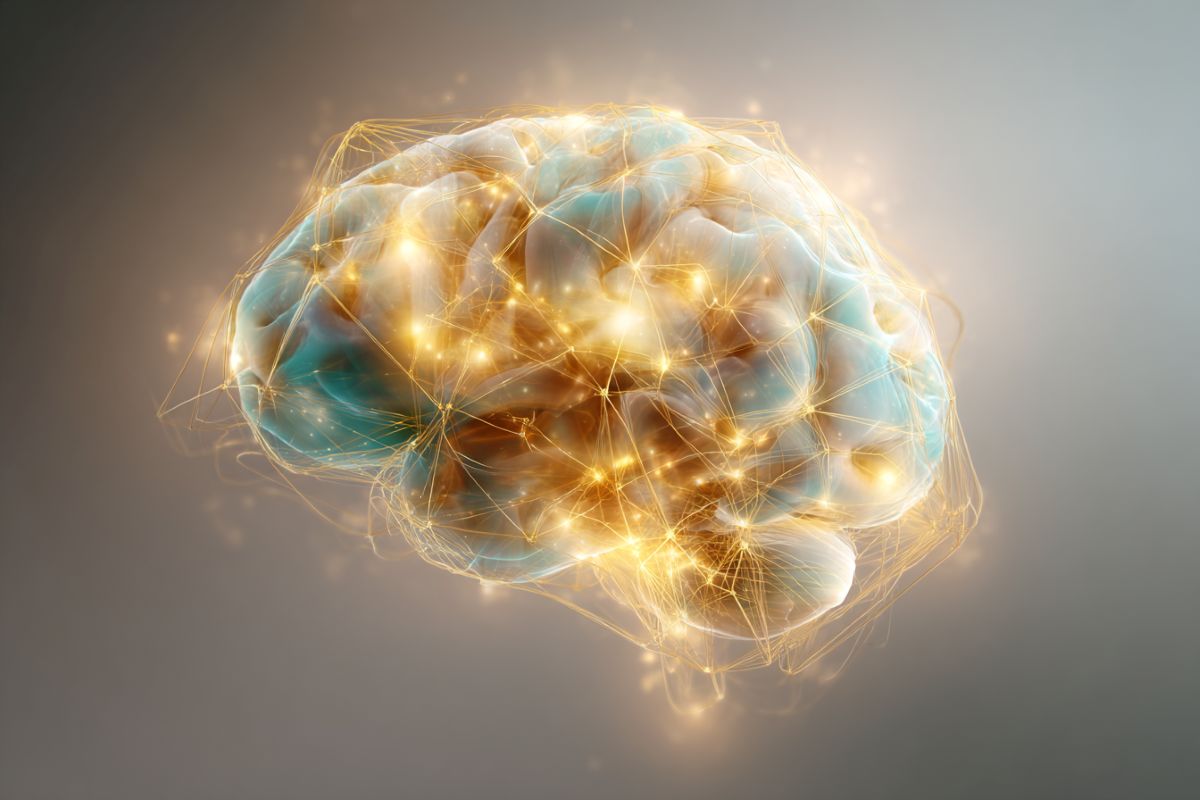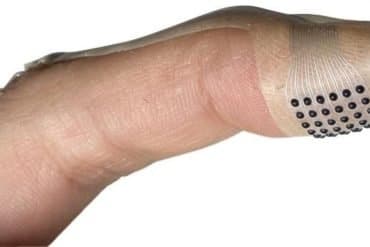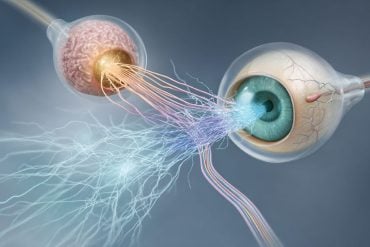Summary: Rats that lived in social groups throughout their lives retained youthful memory and mental flexibility well into old age, according to new research. Even with equal physical stimulation, only socially connected rats performed as well as younger ones on complex memory tests, while isolated rats showed significant decline.
Brain imaging revealed stronger hippocampal activity and more balanced decision-making circuits in the socially housed animals. The findings highlight social connection as a powerful and independent protector of cognitive health during aging.
Key Facts:
- Social Protection: Lifelong social housing preserved memory and cognitive flexibility in aged rats.
- Neural Benefits: Socially housed rats showed stronger hippocampal activity and more efficient brain processing.
- Independent Effect: Physical enrichment alone did not prevent decline—social interaction was essential.
Source: Impact Journals
A new research paper was published in Volume 17, Issue 9 of Aging-US on August 22, 2025, titled, “The impact of long-term social housing on biconditional association task performance and neuron ensembles in the anterior cingulate cortex and the hippocampal CA3 region of aged rats.”
The research team led by Anne M. Dankert from Providence College and University of North Carolina, Chapel Hill, showed that aged rats who lived in socially enriched environments throughout life retained better memory and cognitive flexibility than those housed alone.

This study highlights the importance of social interaction in protecting the aging brain.
Cognitive decline, such as memory loss and reduced problem-solving ability, affects many people over the age of 65. While many factors contribute to age-related cognitive decline, this study suggests that one key factor may be surprisingly simple: long-term social connection.
To explore how social interaction might influence memory performance and brain activity, the researchers designed a study using rats as a model for aging in humans.
Cognitive decline and changes in neuronal activity are hallmarks of aging.
They compared three groups of rats: young adults, aged rats housed alone, and aged rats housed socially in groups. All groups had access to the same physical enrichment, such as exercise and stimulating objects, but only some experienced lifelong social companionship.
The team tested these animals on a complex memory challenge known as the biconditional association task, which requires animals to make context-based decisions—an ability that typically declines with age.
The results showed that aged rats living in social groups performed just as well as young adults on the memory task, while those housed alone showed significant impairments.
Socially housed rats also made fewer working memory errors and required less effort to complete cognitive tasks, suggesting not only better performance but more efficient brain function.
These benefits were not observed in aged rats who received only environmental enrichment without social interaction.
Brain imaging revealed additional differences between the groups. Socially housed aged rats showed increased activity in the hippocampus, particularly in the CA3 region, which plays a key role in forming and separating memories.
In contrast, aged rats that lived alone had lower activity in this region, which may explain their poorer performance. Interestingly, socially housed rats also showed reduced overactivity in the anterior cingulate cortex—a brain area involved in attention and decision-making—suggesting a more balanced and efficient neural response.
This research provides new insight into how lifelong social experiences shape brain health during aging. While earlier studies have shown that physical activity and cognitive stimulation help preserve cognitive function, this study identifies social interaction as an independent and powerful protective factor.
The findings are consistent with human studies showing that older adults who remain socially active tend to experience slower cognitive decline and stronger brain function.
Overall, these results emphasize that brain aging is not inevitable but may be influenced by our social environments. This research suggests that fostering lifelong social connections could be a critical, low-cost strategy to protect memory and mental flexibility in older adults.
Key Questions Answered:
A: Rats that lived in socially enriched environments retained youthful memory performance and neural function as they aged.
A: The research suggests that social connection itself, apart from exercise or mental stimulation, may protect the brain from age-related decline.
A: The hippocampal CA3 region showed stronger activity in socially housed rats, while the anterior cingulate cortex displayed more balanced activation patterns.
About this social neuroscience and neurology research news
Author: Ryan Braithwaite
Source: Impact Journals
Contact: Ryan Braithwaite – Impact Journals
Image: The image is credited to Neuroscience News
Original Research: Open access.
“The impact of long-term social housing on biconditional association task performance and neuron ensembles in the anterior cingulate cortex and the hippocampal CA3 region of aged rats” by Anne M. Dankert et al. Aging-US
Abstract
The impact of long-term social housing on biconditional association task performance and neuron ensembles in the anterior cingulate cortex and the hippocampal CA3 region of aged rats
Cognitive decline and changes in neuronal activity are hallmarks of aging. While environmental enrichment (EE) can protect against cognitive deficits in old age, whether EE with long-term social housing provides greater protection than EE alone, and the underlying neuronal mechanisms, remain unknown.
Here, aged socially housed (SH), aged non-socially housed (NSH), and young rats were tested on the biconditional association task (BAT), a test of cognitive flexibility in which the rewarded object depends on the subjects’ location in a Y maze.
Immediate early genes were used to assess neuronal activity during BAT performance and a working memory alternation task in which rats traversed the arms of the Y maze but were not required to select the correct object on either side of the maze.
NSH rats had significantly impaired working memory compared to SH rats and significantly impaired performance on BAT compared to both young and SH rats, indicating that social housing protects cognitive flexibility during aging beyond EE alone.
SH rats displayed greater CA3 hippocampal activity during BAT, and lower anterior cingulate cortex activity during the alternation task compared to NSH rats, suggesting that neuronal activity differences in these regions may explain preserved cognition in SH animals.






